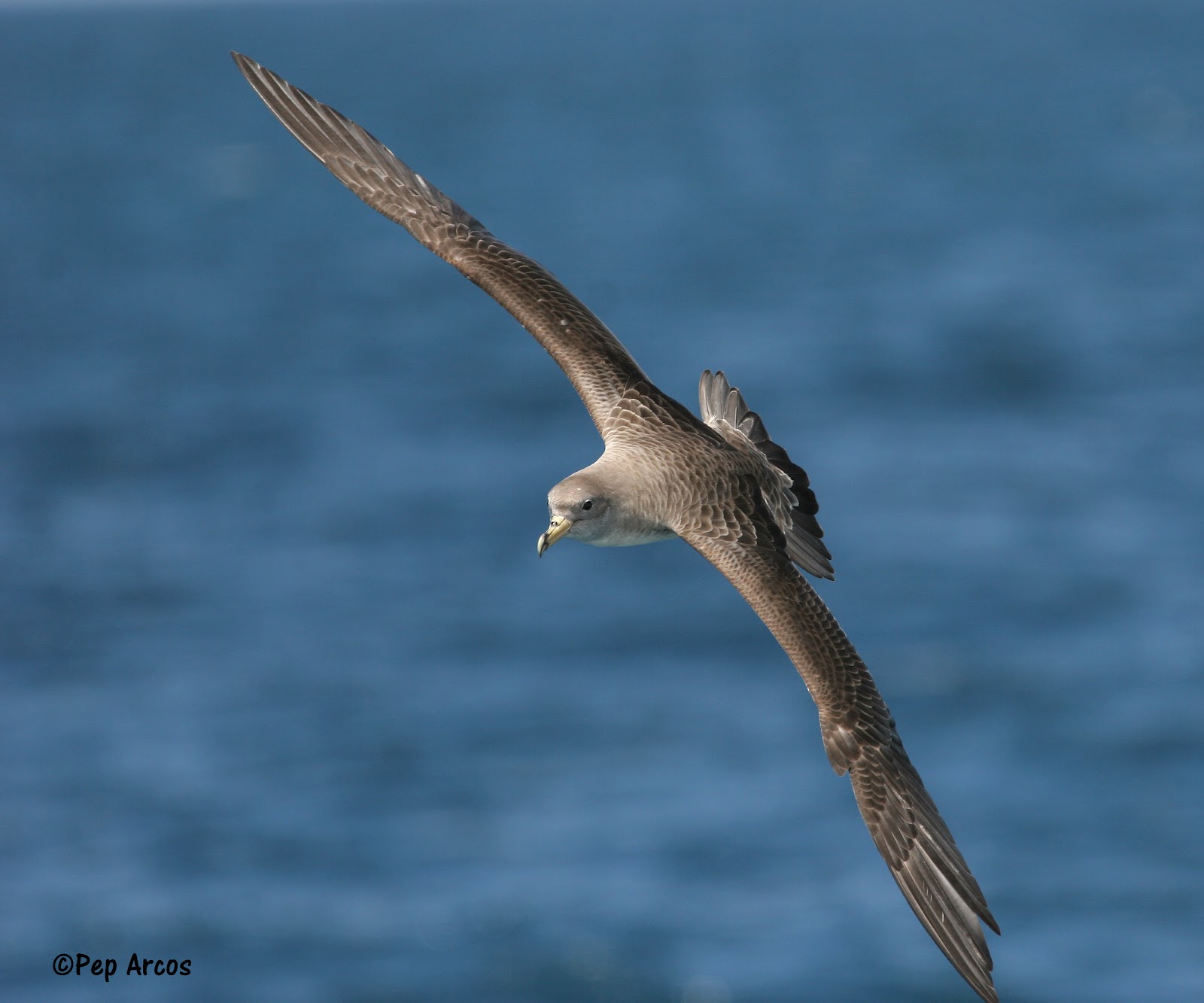Georgios Karris (Technological Educational Institute, Panagoula, Zakynthos, Greece) and colleagues have published in the North-Western Journal of Zoologyon population sizes of Scopoli’s Shearwaters Calonectris diomedea on two Greek islands.
“The Strofades Island complex in the Ionian Sea comprises two small islands, i.e. Stamfani and Arpyia, and several rocks. The islands host a significant Scopoli’s Shearwater (Calonectris diomedea) colony, which is regarded as the largest one in Greece, although no complete national population census has ever been carried out. Here we present data of the first complete survey of the species population in the area, evaluated via coastal counts of rafting birds at sea and nest surveys of occupied burrows. Both methodologies provided similar estimates. The maximum number of Scopoli’s Shearwaters visiting the Strofades archipelago during the pre-laying period was estimated at 17,000-18,000 individuals, based on the maximum counts of 3,068 and 2,723 rafting individuals/km of suitable nesting coastline of Stamfani and Arpyia islands, respectively. The breeding population was censused [sic] by inspecting apparently occupied sites in 30 100 m2 sampling units, randomly located along the coastal habitats of each island. Sampling was made over two habitat types of different quality for nesting. We estimated that a total of ca. 5,550 pairs breed on the two main islands, of which 64% were located on the larger Stamfani Island. The study reveals that the Strofades archipelago harbors the largest known Scopoli’s Shearwater colony in the eastern Mediterranean.”

Scopoli's Shearwater, photograph by 'Pep' Arcos
Reference:
Karris, G., Xirouchakis, S., Grivas, C., Voulgaris, M.-D., Sfenthourakis, S. & Giokas, S. 2017. Estimating the population size of Scopoli’s Shearwaters (Calonectris diomedea) frequenting the Strofades islands (Ionian Sea, western Greece) by raft counts and surveys of breeding pairs. North-Western Journal of Zoology 13: 101-108.
John Cooper, ACAP Information Officer, 17 July 2017

 English
English  Français
Français  Español
Español